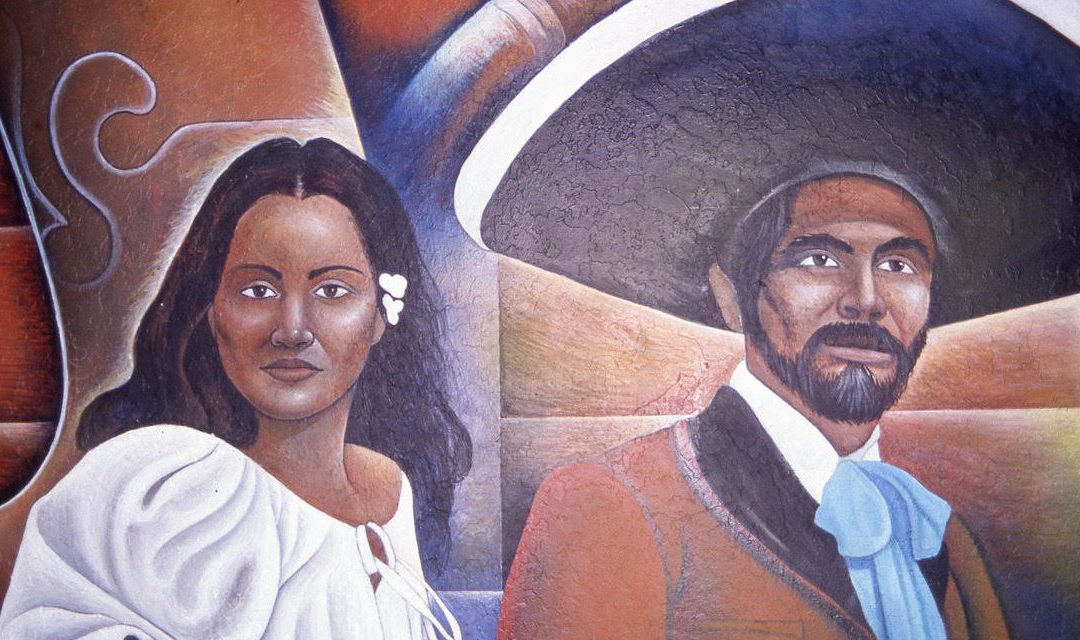Written by Dr. Ricardo Romo
Hispanic Heritage Month is a time for celebration and also reflection. What are we celebrating and what does it say about who we are as a community? First, let’s explore the origins of the celebration.
In September of 1968, President Lyndon B. Johnson proclaimed National Hispanic Week to be observed the week including September 15th and 16th. Twenty years later, Congress expanded the observance to a month long celebration (September 15-October 15).
President Johnson selected the week of mid September because Mexican Independence fell on September 16th, and September 15th was also the independence anniversary of five Latin American countries.
The call for a national celebration was a way to acknowledge that the Hispanic population was a national force with which to reckon. Until the middle of the last century, Hispanics were largely concentrated in the Southwestern states. Today, they live in every state and every large city of America. According to the U.S. Census, as of July, 2017, 58.9 million Hispanics lived in the United States. Hispanics today are the largest ethnic or racial minority in the country and constitute 18.1 percent of the nation’s total population.
In recent years, the U.S. Census has adopted the Hispanic term to include all the many different ethnic and racial groups that originated from Mexico, Central America, Caribbean and South America.
As might be expected, there is more than one national origins category for Hispanics and the observance of Hispanic Heritage Month will have ample variations in the Puerto Rican communities in New York compared to Salvadoran and Cuban communities of Miami. In Los Angeles and San Antonio, where Mexican Americans constitute the largest majority of Hispanic residents, the festivities of this month will have a largely Mexican influence.
The term Hispanic has a long history, and not everyone who comes from Mexico, Central America, the Caribbean or South America feels comfortable with this ethnic designation. Newcomers from these countries often prefer the term Latino when speaking about their ethnicity or that of others from similar countries. Some individuals prefer to refer to themselves from their country of origin rather than the pan-ethnic term Hispanic or Latino.
Indeed, only the New Mexicans had a high preference for the term Hispanic. They believed that they were descendants of the first Spanish settlers who arrived in 1598. Thus for much of the last two centuries, they preferred to think of themselves as
“Hispanos” or people from Spain. However, the soldiers and settlers who conquered New Mexico in the seventeen century were largely mestizos, a blend of Spanish and Indian.
For Tejanos, as the Texas-Mexicans called themselves, the term Hispanic appeared in the language in the 1960s, about the time the term Chicano was gaining acceptance among college students, especially in California. Chicanos, living in South Texas, for example, did not see themselves as having Spanish roots, and preferred to think of themselves of Indian ancestry.
Governments around the world have always encountered some opposition or disagreement with terms they chose for diverse population groups. The United States is no different.
My father grew up in San Antonio when the Mexican-origin population was referred to as Latin Americans. He enlisted and fought in WW II where he self identified as Mexican American. Books published in the 1950s and early 1960s would have described him as a Spanish-Speaking American. His sons preferred the terms Mexican American and Chicano. His grandchildren may refer to themselves as simply Texans or Americans, or they may use the more contemporary term Latino.
It certainly appears that what you call yourself is influenced not just by time and geography, but also by age and social class. Today, many of the younger generation have taken a liking to the term Latinx, a gender-nuetral replacement for the terms Latino and Latina.
Writing for the student newspaper at UT Austin last year, Carlos Devora boldly proposed that “Latinx is a term that should be adopted into mainstream culture and used exclusively by every Latin based organization on campus.”
Others, such as actor Cheech Marin, suggested differently. Displeased with the Hispanic designation, he offered that “Hispanic is a census term that some dildo in a government office made up to include all Spanish-speaking brown people. It is especially annoying to Chicanos because it is a catch-all term that includes the Spanish conqueror. By definition, it favors European cultural invasion, not indigenous roots.” And the debate continues.
In recognition of Hispanic Heritage Month some museums are featuring Latino art. The McNay has an exhibit called “Pop America: 1965-1975” which includes Chicano artists as well as artists from Latin American. This show and the Centro de Artes’ exhibit of works by Alberto Mijangos have placed Latino art in the forefront. Latino art can also be seen in numerous galleries around the city. Additionally, I suggest you visit the Latino section on the first floor of the San Antonio Public Library to learn more about Latino heritage.
In celebrating Hispanic Heritage in San Antonio, there is art to see, books to read, and music to listen to in different venues stretching from Market Square to Southtown. This week the Guadalupe Dance Company, Celebrando Tradiciones features folkloric dancing and live traditional Mexican music. Hispanic Month is a treat for young and old and for all different ethnic and racial groups. It should be enjoyed much like Fiesta. Have a good time.

